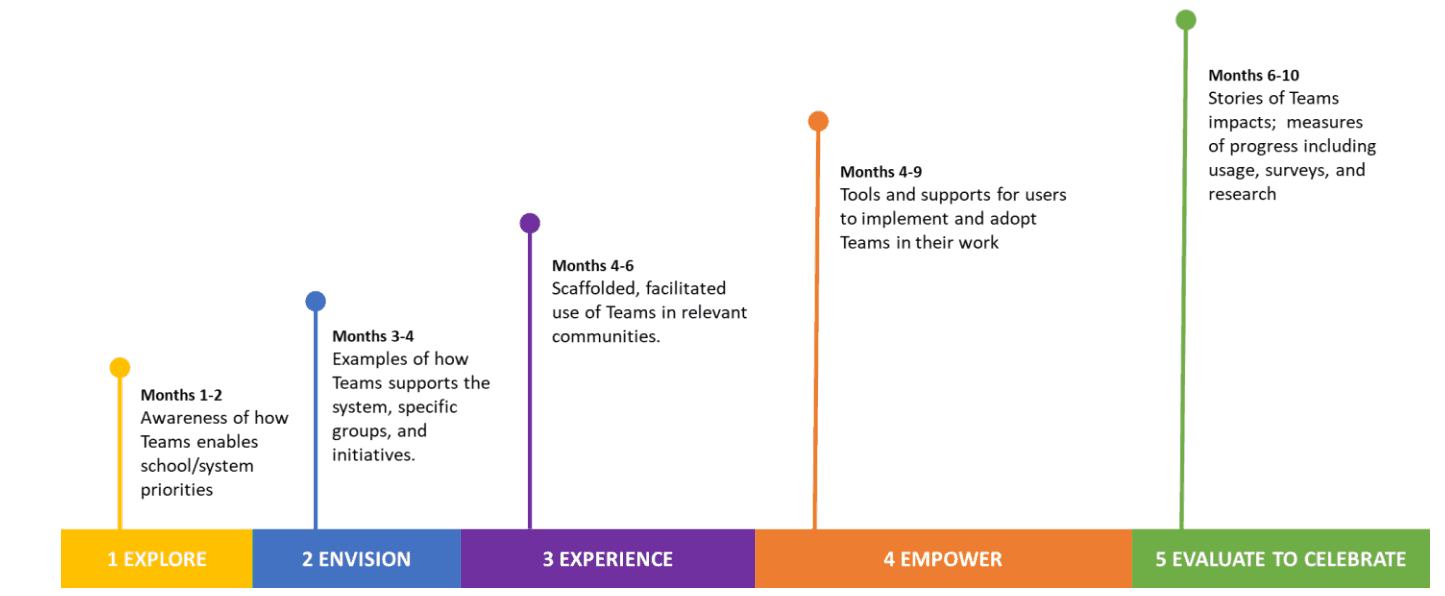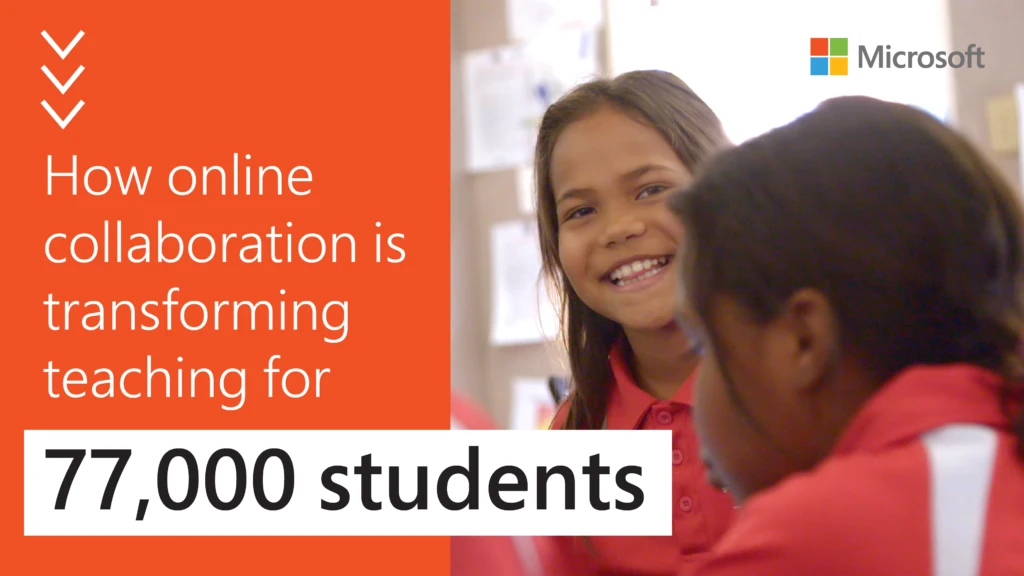As teachers push the boundaries of modern pedagogy to give their increasingly diverse learners the best opportunities to succeed, technology matters.
Our recent findings from The Class of 2030 and Life-ready Learning research highlighted collaborative platforms as one of the technologies which was best positioned to support socially embedded learning especially over distance and time-zones … and this isn’t just for student learning!
In Western Australia, where rural schools have had little access to technology, and where teachers have had fewer opportunities for teacher collaboration and professional learning than their urban counterparts, technology can make a significant difference. Catholic Education Western Australia is working to make that happen.
Two years ago, I joined with educators and leaders across Catholic Education Western Australia (CEWA), an association of schools and early learning centers serving 77,000 students, to implement a very ambitious plan for digital transformation which would deliver unprecedented connectivity to students, educators, and families. The goal? Transforming learning for all with best-in-class tools to teach, learn, lead, administer, collaborate and celebrate teaching and learning like never before. And what we learned in the process was inspiring.

Teacher collaboration: Job #1
Research tells us that one of the most effective means of improving teaching within and across schools is greater teacher collaboration. CEWA identified this fundamental need as one its strategic priorities on the way to becoming a learning organization.
By building the digital foundation for system-wide leadership and teacher collaborative learning with Microsoft Teams, CEWA’s teachers now had a digital hub that brings conversations, content, assignments, and apps together in one place. With Teams, teachers could not only connect with their peers, but also connect in professional learning communities. And ultimately, they could raise equity and student voice with collaborative classrooms – all from a single experience in Office 365 Education. We called this shift “Fragmentation to Focus,” because with Teams, everyone was learning, teaching, and working in one digital space.
Quick progress on a tight timeline
Rolling out the program in 162 schools was no small feat. But the organization set a goal to implement it in six months.
Thanks to committed educators and well-orchestrated communications, Teams was being used at all the schools that adopted Office 365 when they hit the six-month deadline. After that, additional tools and supports were rolled out to ensure teachers had everything they needed to adopt Teams in their work.

Communicating in stages, CEWA digital learning champions were able to build awareness and excitement for this new way of collaborating among schools and teachers.
5 Steps to rolling out a teacher collaboration platform
- Explore. Build initial awareness of what Teams is and how it enables school/system strategic priorities.
- Envision. Co-construct examples of how Teams supports the system, specific groups, and initiatives.
- Experience. Offer opportunities for scaffolded, facilitated use of Teams in relevant communities.
- Empower. Create tools and supports for users to implement and adopt Teams in their work and in situated contexts.
- Evaluate and Celebrate. Share stories of exemplary and innovative Teams use and measures of progress such as usage over time, surveys, and research.
The main connection
As more schools onboarded the platform, teachers began to use it consistently, with over 80% of all schools using it weekly by January 2018. And Teams is now the main connection for teachers, school leaders, and teacher assistants in remote schools where there may be fewer than 10 total staff.
Geographic usage data shows that more rural schools adopted earliest, and that the large urban secondary schools were the last to adopt. The increased access to technology and teacher collaboration enabled virtual schools and online courses, which were initially designed to serve the needs of traditionally underserved rural communities, though urban school use of these courses is also high.
Their learning-focused adoption strategy has led to a successful and sustainable initiative, and it will be exciting to see what CEWA’s educators and students do next.

Learn more
Learn more about CEWA’s bold experiment in cloud-based learning in this video, and on CEWA’s website.
Access the Class of 2030 Research paper.










